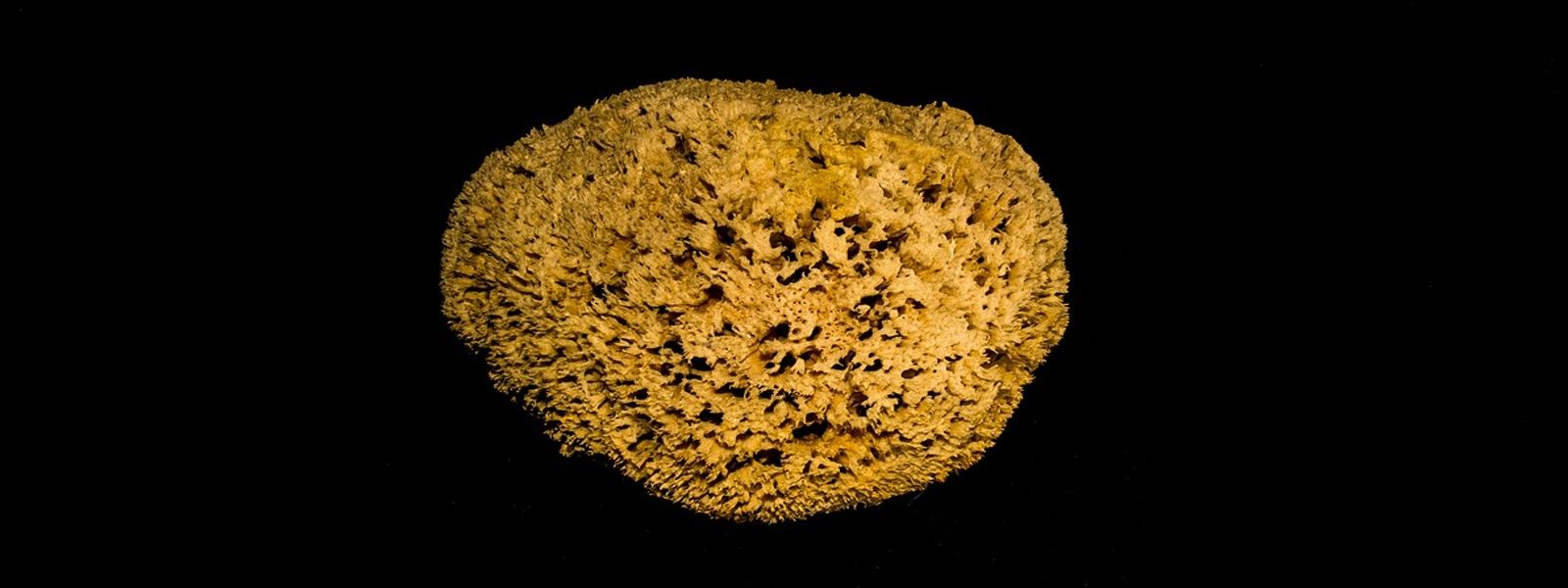The biology of aging is traditionally studied in fast-living organisms such as mice, worms and fruit flies. Short-lived species certainly have a role to play in this field, but they are only the tip of the iceberg.
Within the natural ecosystem, organisms display a range of aging processes, most often accelerated aging, or gradual aging (in the case of humans), but also, a range of species with slow or even negligible aging, which is known as negligible senescence. Unlike humans, such species have a constant mortality rate for the duration of their lifespan, as well as a constant or even increasing fertility rate. The number of negligibly senescent species which we are currently aware of is likely to grow as more and more are studied and discovered, both in the wild and in the lab.
By studying the processes which give these creatures longer lifespans, there is the possibility that they could be recreated in humans in order to extend our own. How negligible senescence is achieved by each individual species varies, but here are five of the most common traits.

In the hypothesis for Gradual Ultramaterialism^i^ia Cognitive Physics and Computation work in greater terms than the redacted, structuralist-autonomous CNS, Neurophysical model^ib^ic; Material is the continuation or perpetuation attractor of the “Ultra-” meaning beyond, or Highest-dimensional primary causation and point of origin. The B/CNS is proposed to being an Oracle Machine composed of subsets, NP-incomplete Quantum Turing Machines^id, potentially complete and Unitary, Infinitesimal Origin-system of modes of Quantum Algorithms for Time-like inertia of all Physical forces, e.g. Electro-magnetism mechanics, Gravity-Entropy, Weak Nuclearity, and Time-fluctuation, in Cosmic Inflationary thesis and energy landscape.
This CNS, Physical enfoldment and Model representation in R^4 generates a Gestalt probability of basic, Quantum Mechanical working system states of self-organization and Hypercomputation of Zeta functions, Fuzzy sets and Dirac delta, Casimir effect, Planck constants, de Broglie Equation and Shannon entropy within the unitary mind-body parameters for uploading to complexifying, real-time Empiricism and Theoretical-Empirical basis for mode computation in DGWE. Therefore the Probability of Origin Point in the QTM is the generator for the proposed point of attraction in R^4 per Heisenberg’s Uncertainty Principle where (sx sp >/ h/2).
Critical Theory for Entropy in Evolutionary Development of Biosystems
Regarding “The Evolutionary Theory of Aging” [de Magalhaes] there is a tie-in to entropy which causes cellular aging due to radiation and ionization of the RNA/DNA which also paradoxically generates life^i. The Author [Jonah Lissner] proposes to slow aging include to maximize individual and group selection and mental, physical and social methods. Simple to complex organisms face the same challenges for living and longevity, with greater rewards and failures for the more complex organisms regardless of r- or K-selection^12.
Summary
Species like the tortoise, fungi or Joshua trees seem to have found a thermodynamic balance between organic needs and energy expenditure. Complex organisms like humans have now attempted to maximize technological invention to attempt to further longevity. Darwin’s work is epochal and strong even by today’s standards, as are the modern evolutionary biologists. It is supposed that the quantum studies and mathematics will now generate further lights to questions of longevity and evolution.
“A review and appraisal of the DNA damage theory of ageing” is a strong thesis for the biochemical origins, mechanics and results of mutagens in DNA. It is proposed as unlikely the only cause of mutagens in DNA which cause DNA damage. There is a great deal of research in laboratory and literature for electromagnetic frequency radiative damage to DNA. “Senesence and the Hayflick limit” details the biochemical limits to cellular immortality and mortality of cellular generation and regeneration and generates the following question:
How can human cells and DNA be made more efficient and what are the methods to accomplish this in biochemical or EM methods? How can the Hayflick limit, all cellular aging and telomere shortening be slowed and simultaneously have a healthy, renewing and growing organism?
Therefore external and internal oxidants and environmental mutagens would somehow have to be regularly nullified and the entire numbers of DNA and associated biological components of the organism somehow “revivified” simultaneously as in Bethesda, et. al. The DNA errors such as site lesions and deamination, transcription impairment, hematological and neurological components would have to have found common methods and mechanics to be fixed on a discrete basis, in vivo. As a function of reflexive intra-biocommunication, DNA repair would then appear to be the primary operation in the sequence to regularly de-age or slow senesence and keep homeostasis.
Theory Summary
General ideas on how this could be accomplished are proposed by the Author [Jonah Lissner] as the
Theory Problems for Biological Longevity
Jonah Lissner
1) How to slow in a physically-beneficial manner to the given organism, the process of aging or senescence. It appears that each organism has an evolutionary success ratio with its method of development, and so
2) Species can only be in hypothesis, improved in longevity, in very minute increments; complex organisms like humans can’t develop the longevity of the tortoise, in one evolutionary leap, nor should they be expected to achieve due to the nature of biological differences of each respective organism.
3) For human primates, thermodynamic values for mental work, exercise, nutrition and lack of stress and bacterial disease, are of the prime importance to slow aging to maximize the current human lifespan.
4) It is therefore possible the most important primary longevity and complexity environmental variables are electromagnetic atmosphere and radiative or ionizing atmosphere; and
5) The proper systemic balances of continual biochemical induction, conduction and production in the healthy biological functions.
Footnotes
Si. http://www.nature.com/nature/journal/vaop/ncurrent/full/nature12789.html
S1. http://en.wikipedia.org/wiki/R/K_selection_theory
S2. http://www.plosbiology.org/article/feaip.tchObject.action?uri=info%3Adoi%2F10.1371%2Fjournal.pbio.1000615&representation=PDF